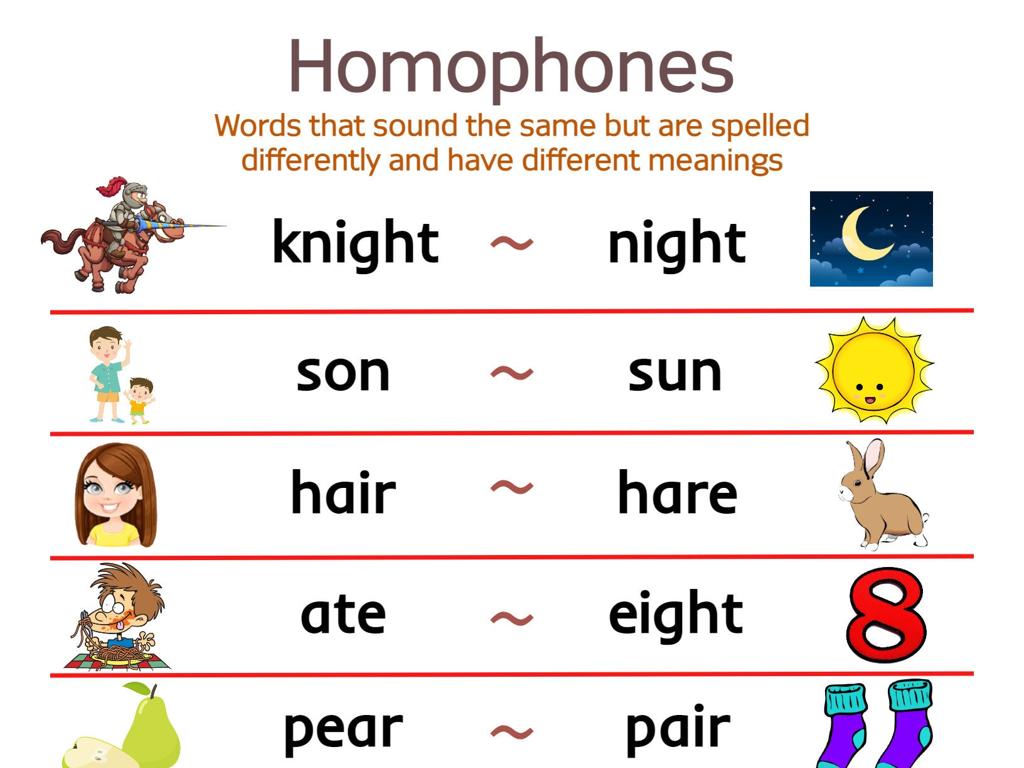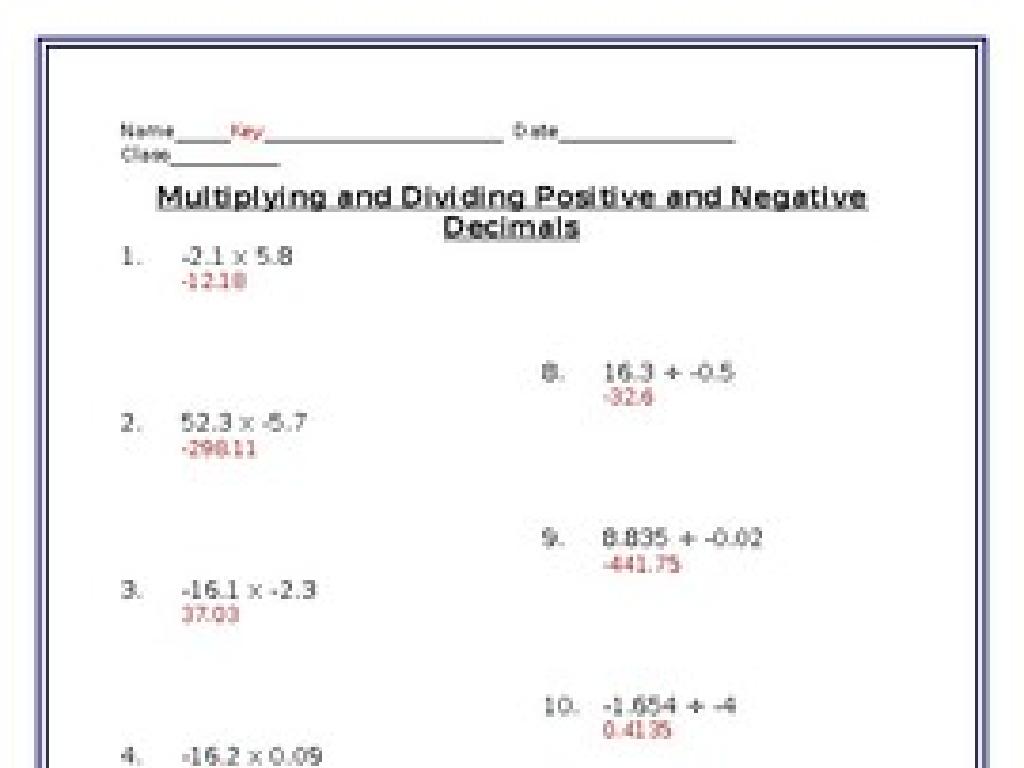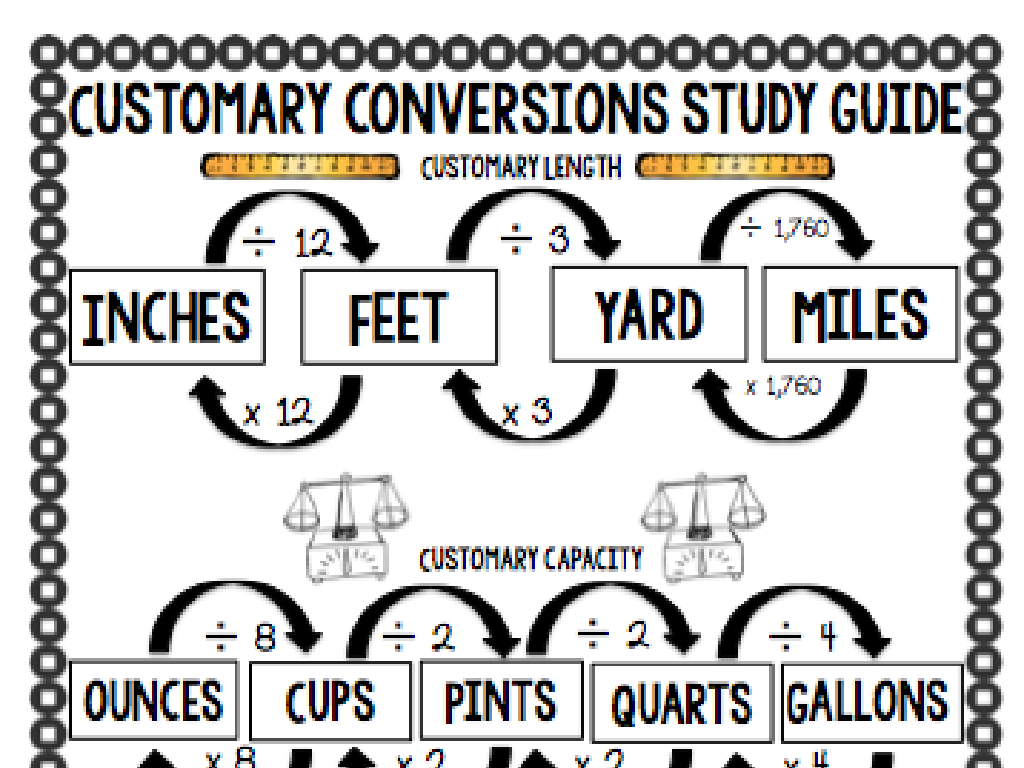What'S The Difference Between Weather And Climate?
Subject: Science
Grade: Fourth grade
Topic: Weather And Climate
Please LOG IN to download the presentation. Access is available to registered users only.
View More Content
Weather vs. Climate: An Overview
– Daily weather: what we experience
– Weather includes temperature, precipitation, and wind that change day-to-day.
– Climate: the big weather picture
– Climate describes the average weather conditions over a long period in a specific area.
– Weather’s impact on daily life
– Weather determines our daily activities, like dressing or outdoor plans.
– Climate’s role in our environment
– Climate influences the types of plants and animals that can live in an area.
|
This slide introduces the concepts of weather and climate to fourth-grade students. Begin by explaining that weather is what they see outside on any particular day, like rain, sunshine, or snow, and it can change quickly. Climate, on the other hand, is the usual pattern of weather in a place over a long time. Discuss how weather affects decisions such as what to wear or what to do, while climate affects the environment, including the types of plants that grow and animals that can survive in a region. Use local examples to make the concepts relatable, and encourage students to think about how both weather and climate affect their lives.
Understanding Weather
– Weather is our daily outdoor view
– Examples: sunny, rainy, stormy, snowy
– Conditions like a bright sunny day or a wet rainy afternoon
– Weather changes frequently
– It can be sunny one moment and rainy the next
– Weather affects our daily choices
– We choose clothes and activities based on the weather
|
This slide introduces the concept of weather to the students. Weather is the day-to-day state of the atmosphere, and it’s what we experience when we step outside. It can include a variety of conditions such as sunshine, rain, snow, and storms. Emphasize the variability of weather, how it can change within minutes or hours, and how it influences our daily decisions like what to wear or what to do. Encourage students to share their own experiences with sudden weather changes and discuss how weather can impact activities differently, such as needing an umbrella for rain or a coat for snow.
Understanding Climate
– Climate: average weather over time
– It’s the general weather pattern over many years.
– Types of climates: tropical to polar
– From hot, wet tropics to cold, icy polar regions.
– Climate vs. Weather: expectations
– Weather is day-to-day, climate is long-term average.
– Example: Arizona’s hot summers
– Arizona is known for its predictably scorching summers.
|
This slide aims to explain the concept of climate to fourth graders by distinguishing it from daily weather changes. Climate is the average of weather conditions over a long period, typically 30 years or more, which includes temperature, humidity, wind, and precipitation patterns. Introduce different climate types, such as tropical, desert, polar, and temperate, and explain that these categories help scientists describe and predict the typical weather in a region. Use the example of Arizona’s hot summers to illustrate how climate is what we generally expect to happen in a particular place, unlike the weather, which can vary from day to day. Encourage students to think about the climate in their own region and what kind of weather they expect in different seasons.
Weather vs. Climate: Understanding the Differences
– Weather is short-term changes
– Weather changes day-to-day, like rain or sunshine
– Climate is long-term patterns
– Climate is average weather over years, like being hot or cold
– Daily weather informs clothing
– We check the weather to decide if we need a coat or shorts today
– Climate influences wardrobe choices
– Knowing our climate helps us know what kinds of clothes we need in general
|
This slide aims to clarify the difference between weather and climate for fourth-grade students. Weather refers to the atmospheric conditions that we experience day to day, such as rain, sunshine, wind, and snow. Climate, on the other hand, is the average of these conditions over a longer period, typically 30 years or more. It’s important for students to understand that while weather can change in a matter of minutes or hours, climate is about the long-term trends that dictate the general environment of a region. Use examples like choosing an outfit for the day based on the weather forecast versus having a set of seasonal clothes in our wardrobe that suits the overall climate of where we live. Encourage students to think about the weather they’ve experienced in the last week and the general climate of their hometown to contextualize the concepts.
Measuring Weather and Climate
– Tools for measuring weather
– Like a thermometer for heat, anemometer for wind speed, and rain gauge for rainfall
– Thermometer: measures temperature
– A thermometer tells us how hot or cold it is
– Anemometer and rain gauge
– Anemometer measures wind speed; rain gauge measures how much rain falls
– Climate data collection
– Scientists look at weather over time to understand climate
|
This slide introduces students to the instruments used to measure different aspects of weather and how these measurements contribute to our understanding of climate. A thermometer measures temperature, an anemometer gauges wind speed, and a rain gauge collects and measures precipitation. Emphasize that climate is understood by collecting weather data over long periods, typically 30 years or more. This helps scientists predict future weather patterns and understand changes in our environment. Encourage students to think about how daily weather observations can add up to long-term climate data.
Why Does Weather Change?
– Air movement changes weather
– Air moves around in the atmosphere, which can make one day sunny and another day rainy.
– Sun’s heat drives weather patterns
– The sun warms the Earth unevenly, causing winds and creating various weather conditions.
– Geography influences weather
– Mountains can block rain, while oceans can make places more humid.
– Daily weather vs. long-term climate
|
This slide aims to explain the factors that cause changes in weather to fourth-grade students. Emphasize that weather is not random but is affected by the movement of air in the atmosphere. The sun plays a major role by heating the Earth, which leads to different weather patterns like wind, rain, and sunshine. Geographical features such as mountains and oceans also have a significant impact on local weather. For example, mountains can stop clouds, leading to rain on one side and dry conditions on the other (rain shadow effect). Oceans can make nearby areas more humid and can affect temperature. Highlight the difference between daily weather changes and long-term climate patterns, ensuring students understand that climate is the average weather over a long period, while weather can change from day to day.
Why Are Climates Different?
– Earth’s tilt affects seasons
– Earth’s tilt and orbit cause seasons, changing weather patterns.
– Sunlight varies around Earth
– Places closer to the equator get more sunlight, making them warmer.
– Factors influencing climate
– Climate is shaped by location’s latitude, height above sea level, and closeness to oceans or lakes.
– Latitude, altitude, and water
|
This slide explains the reasons behind different climates on Earth. The tilt of the Earth on its axis, combined with its orbit around the sun, leads to the creation of seasons. These seasons affect the weather patterns we experience. Additionally, the amount of sunlight an area receives is a major factor in determining its climate; areas near the equator receive more direct sunlight and are typically warmer. Other factors that influence climate include latitude (distance from the equator), altitude (height above sea level), and proximity to bodies of water, which can moderate temperature. Use examples like how mountains can have cooler climates than nearby lowlands, or how coastal regions often have milder climates than inland areas. Encourage students to think about their local climate and what factors might affect it.
Class Activity: Weather Diary
– Start a weather diary today
– Record daily weather conditions
– Note temperature, precipitation, wind
– Observe for one full week
– Discuss findings next week
– We’ll learn about our local climate
|
This activity is designed to engage students with hands-on learning about weather and climate. Each student will keep a personal weather diary, noting the daily weather conditions such as temperature, precipitation, and wind. Encourage them to be as detailed as possible. After a week of observations, we will use the diaries to discuss the differences between weather and climate, focusing on patterns and averages that can define a local climate. Possible activities include comparing diaries in groups, creating a classroom weather chart, and discussing how weather can change while climate remains more constant over time.






